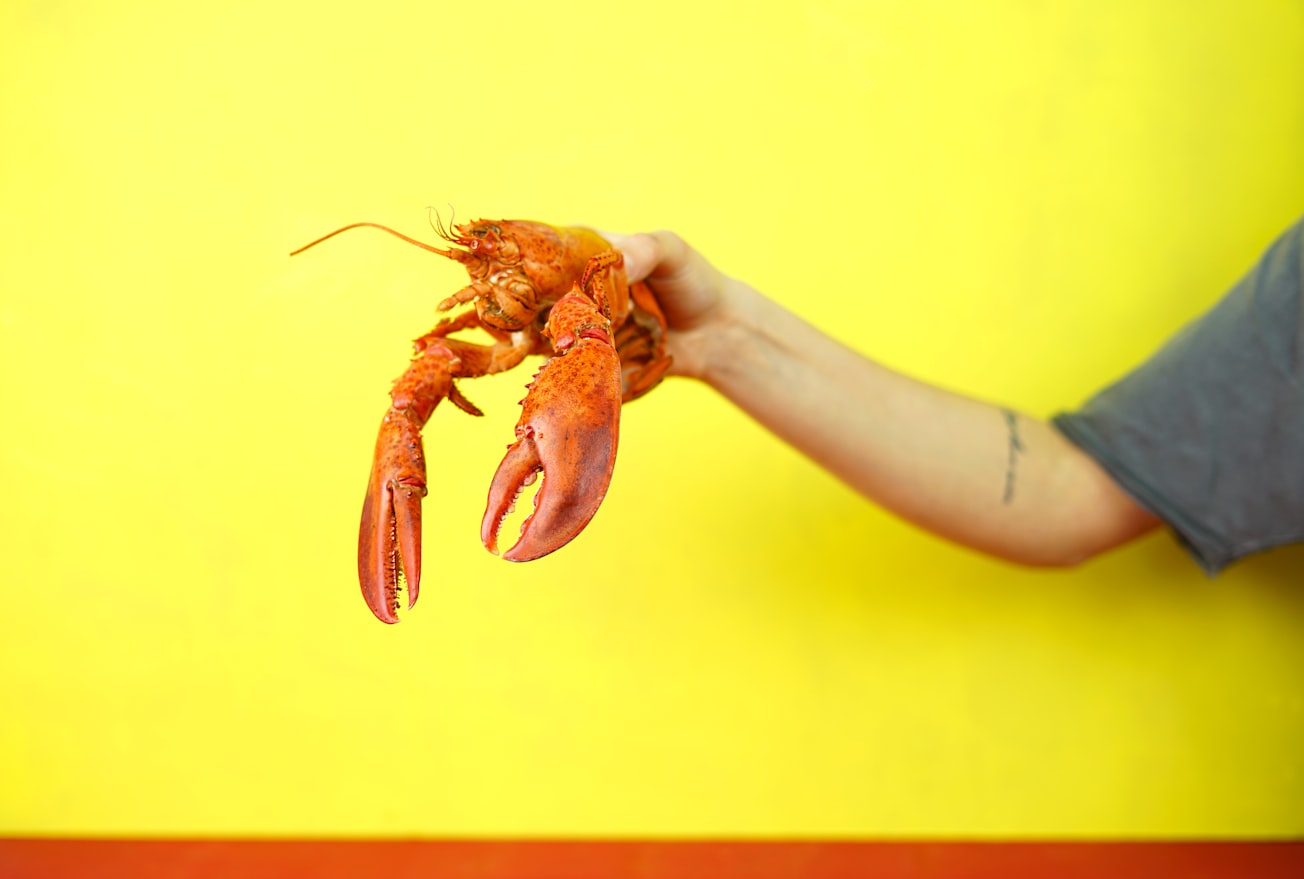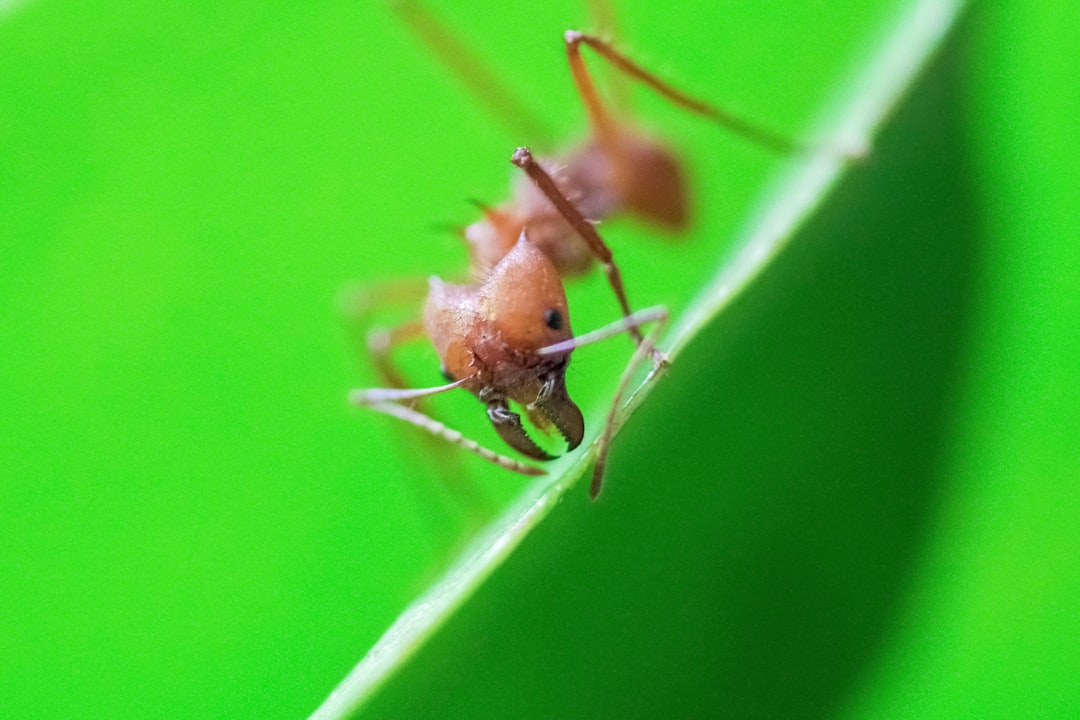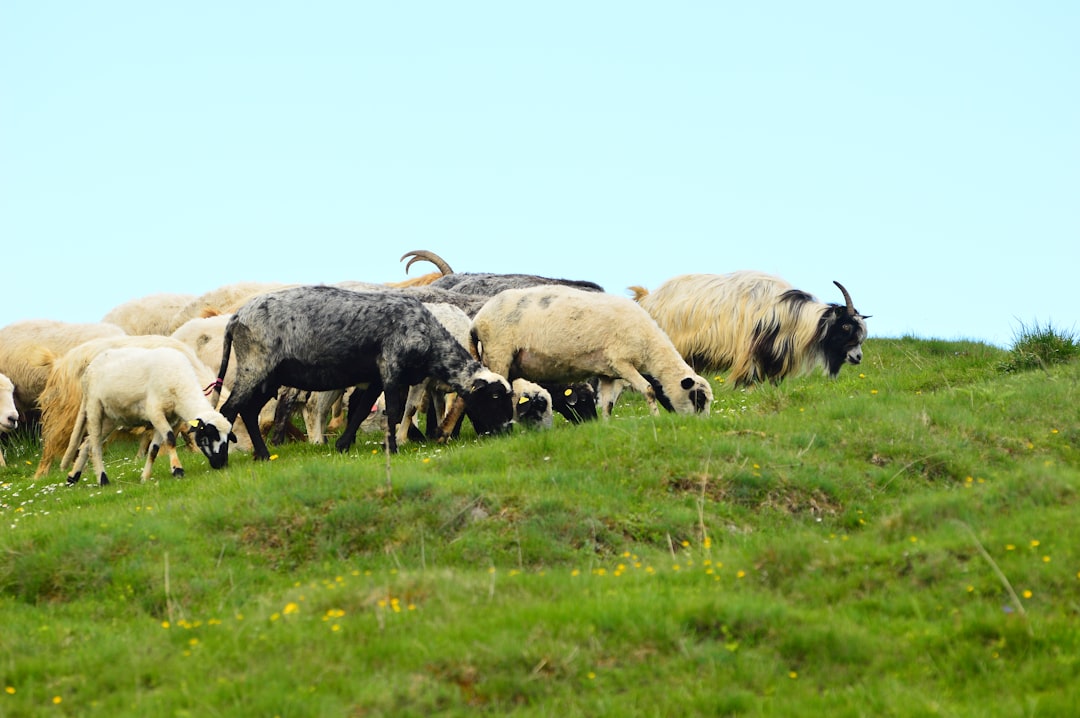What is it about?
Crustacean vitellogenesis is a process that involves Vitellin, produced via endoproteolysis of its precursor, which is designated as Vitellogenin (Vtg). The Vtg gene, mRNA and protein regulation involve several environmental factors and physiological processes, including gonadal maturation and moult stages, among others. Once the Vtg gene, mRNAs and protein are obtained, it is possible to establish the relationship between the elements that participate in their regulation, which could either be species-specific, or tissue-specific. This work is a systematic analysis that compares the similarities and differences of Vtg genes, mRNA and Vtg between the crustacean species reported in databases with respect to that obtained from the transcriptome of Callinectes arcuatus, C. toxotes, Penaeus stylirostris and P. vannamei obtained with MiSeq sequencing technology from Illumina. Those analyses confirm that the Vtg obtained from selected species will serve to understand the process of vitellogenesis in crustaceans that is important for fisheries and aquaculture.
Featured Image

Photo by Toa Heftiba on Unsplash
Why is it important?
This work is very important because it allows us to see the vitellogenesis process in wild crustaceans and its comparison with fishery crustaceans, applying all this to aquaculture.
Perspectives
This work compares vitellogenesis in crustaceans, their mechanisms and reports on the importance in the economy.
Cristian E Cadena-Caballero
Universidad Industrial de Santander
Read the Original
This page is a summary of: Crustacean vitellogenin: a systematic and experimental analysis of their genes, genomes, mRNAs and proteins; and perspective to Next Generation Sequencing, Crustaceana, October 2019, Brill,
DOI: 10.1163/15685403-00003930.
You can read the full text:
Contributors
The following have contributed to this page










